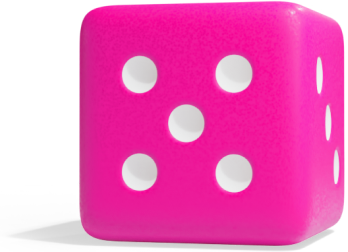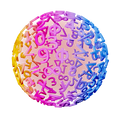8th grade Q2
The equivalence of a statement and its contrapositive means they are logically the same—both are true or false under the same conditions.
To illustrate this, you can use a truth table to compare the truth values of the original statement () and its contrapositive ().
Truth Table for Equivalence
The truth table evaluates all possible combinations of the hypothesis () and conclusion (). For the an if-then statement and it's contrapositive, the truth table is:

Explanation of the Table
- Row 1: When both and are true, and are true.
- Row 2: When is true and is false, both and are false.
- Row 3: When is false and is true, both and are true.
- Row 4: When both and are false, both and are true.
Since and have identical truth values in all rows, they are logically equivalent.
Example
Original statement: "If it rains, then the ground will be wet."
- Hypothesis: "It rains" ().
- Conclusion: "The ground will be wet" ().
Contrapositive: "If the ground is not wet, then it did not rain."
- Hypothesis: "The ground is not wet" ().
- Conclusion: "It did not rain" ().
Note
Both the original statement and its contrapositive are true. This is because statements and their contrapositives are logically equivalent.
Key Points:
- A statement () and its contrapositive () are logically equivalent.
- Truth tables provide a systematic way to verify this equivalence.
- When doing a mathematical proof, sometimes it's more convenient to prove the contrapositive of a statement.




















